Tabla de contenido
Long-distance runners are used to running on asphalt or dirt roads in open and varied environments.
However, we must consider whether we can use an athletics track. With a coach to guide you, training on this type of surface can have numerous benefits.
When you are a popular runner, it is necessary to know all the types of terrain where you can do your training and how these can help you in your preparation.
To stand out and perform at their best, a runner must be comprehensive in their preparation. When they prepare from the different directions of physical conditioning, they will stand out compared to an athlete who always does the same work.
When the body is trained from different stimuli, the body and its muscles assimilate them, preparing to respond to whatever appears on the path, be it a slope, an extremely rigid ground, or, on the contrary, a very soft one.
Recommendations for the use of the athletics track
Using this surface can benefit you even if you are a medium or long-distance runner. For example:
- On the track, you will find practically the ideal surface, where it is improbable you will injure yourself due to repetitive impacts.
- Remember to respect the rules for using the facilities—for example, using lanes.
- The track is ideal for series exercises, technique sessions, and short runs. These help improve speed and consistency when running.
- It is also an excellent place to do coordination exercises. In this article, we show you some interesting videos. Coordination exercises help if you want to run faster and better!
- It is advisable to alternate directions to relieve the repetitive leaning of only one side of the body.
- Consider the type of footwear you should wear for running on the track; ask your trainer which ones are correct since they are usually lighter than your shoes for running long distances.
- It is an excellent place to meet other runners, trainers, and running clubs. Please take advantage of it!
Melina Acosta, a running coach from the Melina’s Runners club, says that work on the athletics track is very necessary. “One of the advantages that the track offers is that it contributes to improving running mechanics, helping the athlete to gain speed. There are countless types of work that can be done on this surface, including 3000, 1500, 400, 200 and 100 metre flat runs. The important thing is to be guided by your coach and follow his instructions,” she suggests.
Some say that the repetition in this place is the landscape that keeps you looking at the same thing while you go around and around, which may seem a bit boring to you. For this, company or music can be a good tool.
Footwear for use on athletics tracks
The most common footwear on the slopes consists of low cushioning and spikes at the toe.
Going deeper into the subject of footwear, we find that they are designed according to the distance they will cover. The shoe for short distances (100-400mts) is very light and thin to fit the shape of the foot perfectly; it has a plate at the toe where spikes of different sizes can be placed depending on the modality and distance of the test.
When talking about medium distances (800-1600mts), the spikes are centered in the front part, and the shoe is equipped with a pad in the heel. For long distances (3000-10000mts), the shoes known as heeled are recommended. They have less dense spikes and larger cushions in the heel for greater comfort.
Use the correct footwear to perform at your best in the test you present and avoid any injury.
Spiked shoes are ideal for speed races, offering a very explosive start. In the case of high-heeled shoes, speed is also one of the qualities that provide greater comfort. Ideally, they should be used for distances of up to 10,000 meters.
When it comes to longer distances, it is best to use the shoes you usually wear, as these provide good cushioning, and the push is not only made with the toes.
Do not wear high-heeled or spiked shoes when not running on a tartan track, as the consequences can be very harmful. Even when you have finished running on the track, removing them as soon as you leave it is best.
If your trainer considers such technical shoes unnecessary for your training, the new trend known as barefoot shoes with a thinner sole can be helpful.
Looking for a plan that trains with you, not against you?
At running.COACH, we don’t just build a schedule. We create a smart, living plan that evolves with you. It understands your level, your race goals and your real life. Whether you sync your GPS watch or train straight from our iOS or Android app, your plan adjusts automatically as you improve.
From day one, you’ll feel the difference:
- A fully personalized, dynamic plan designed for you.
- Automatic sync and effortless workout tracking.
- Real-time updates when life happens, including missed sessions, new races or schedule changes.
- Simple, science-backed guidance to train smarter and recover faster.
🎁 Start today and enjoy your first 30 days free.
Because the best training plan isn’t one you follow. It’s one that follows you.app.

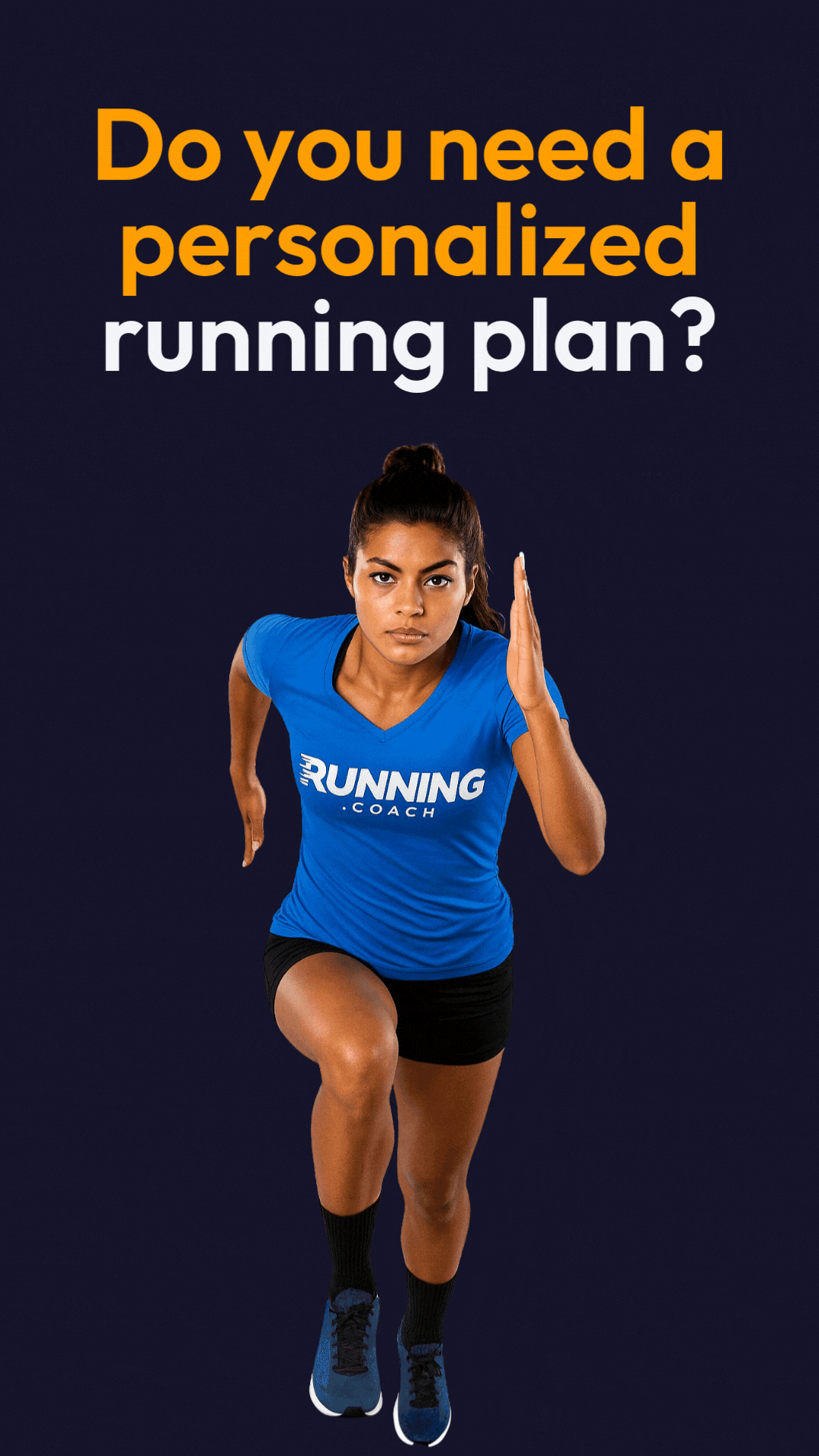


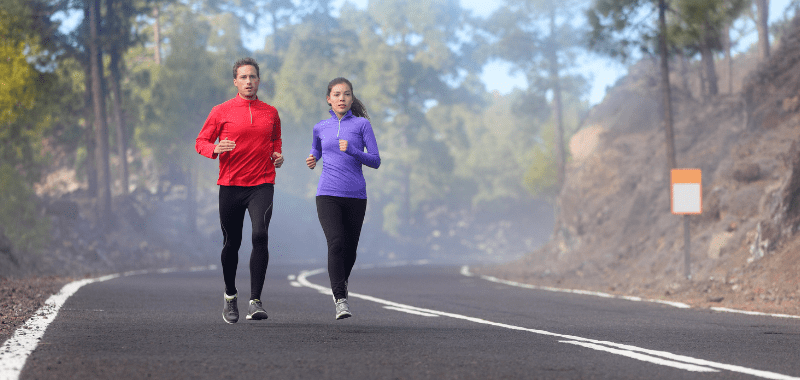
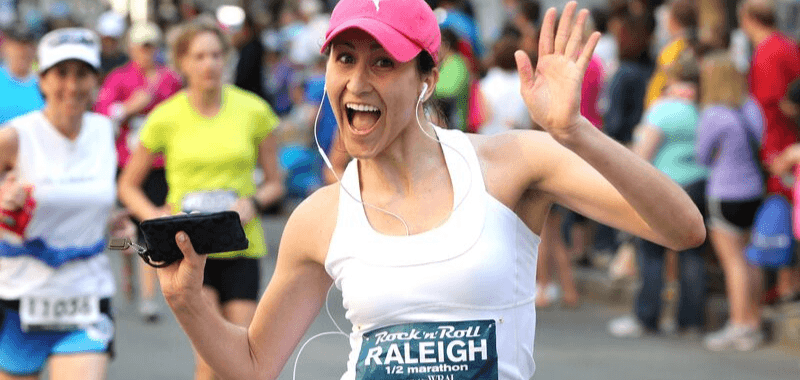
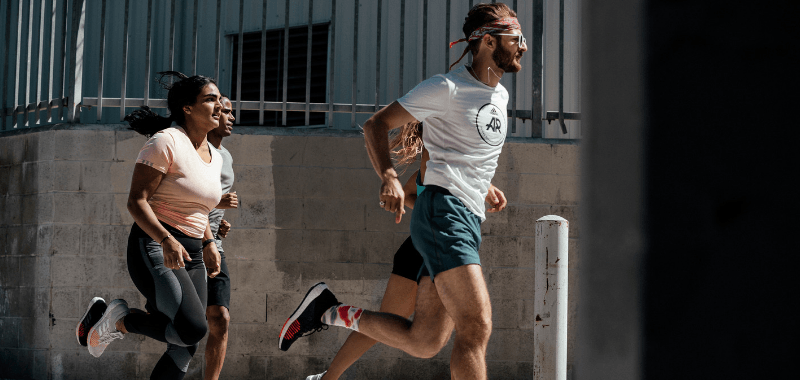
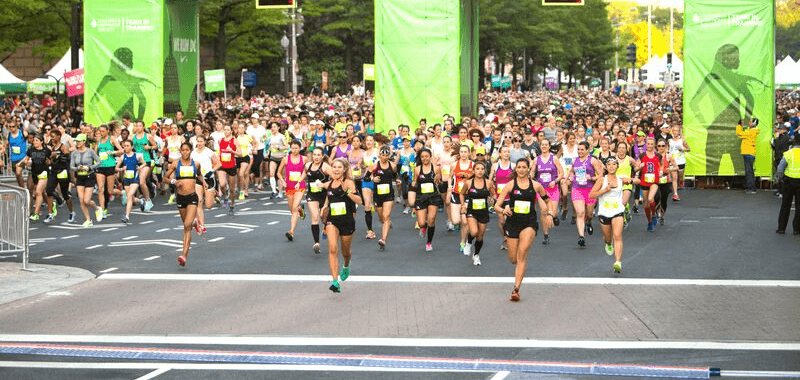


0 Comments